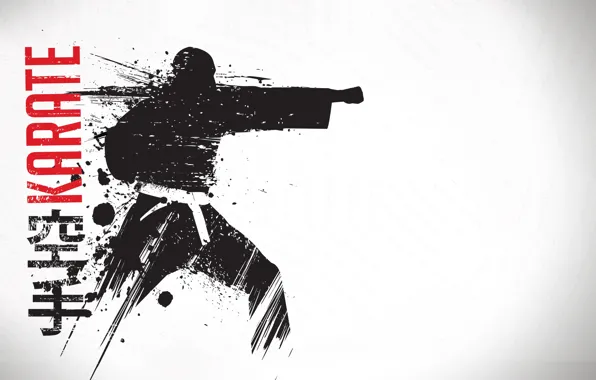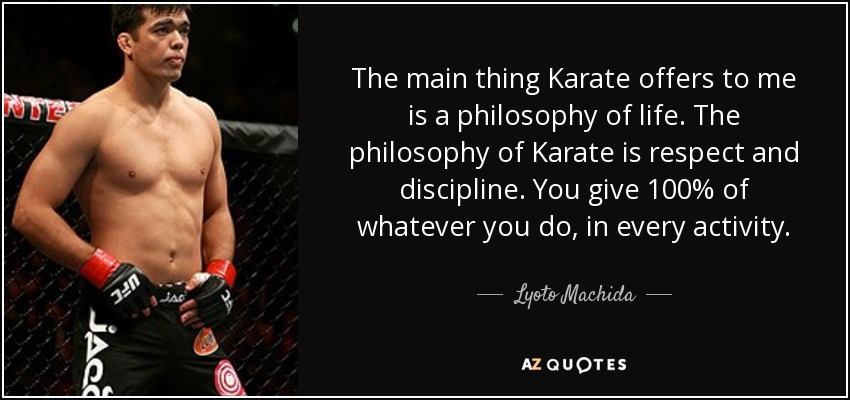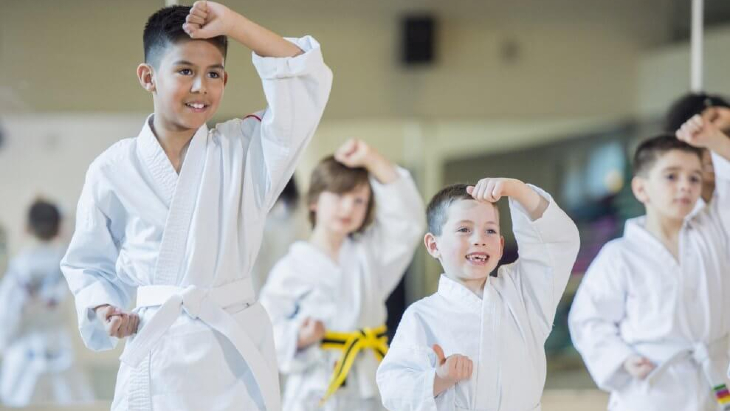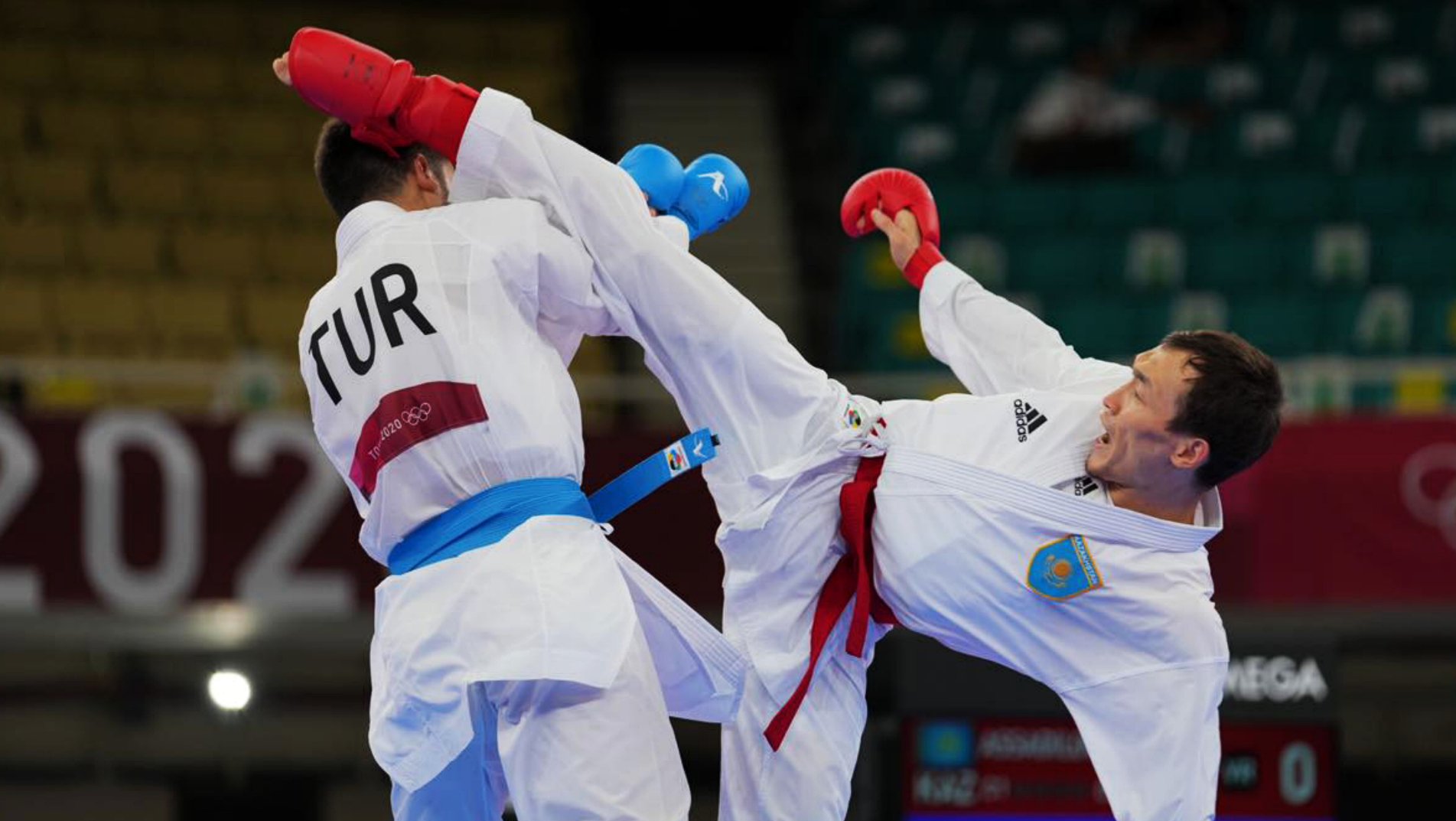The Art and Spirit of Karate: A Journey Beyond the Dojo
The Art and Spirit of Karate: A Journey Beyond the Dojo
Blog Article
Karate, a martial art from Okinawa, Japan, has become a global phenomenon that transcends physical training to embody a philosophy of life. The word "karate" is derived from the Japanese words "kara," meaning empty, and "te," meaning hand, symbolizing the art of fighting without weapons. However, beyond its literal meaning, karate is a discipline that fosters not just self-defense skills but also the development of character, mental strength, and spiritual awareness.

Origins and Evolution
The roots of karate can be traced back to the Ryukyu Kingdom, now known as Okinawa. It evolved from indigenous fighting styles and was influenced by Chinese martial arts, particularly from Fujian Province. The merging of these techniques created what is now known as "te," or "hand." Over centuries, te was refined into various forms, with each Okinawan village or family contributing unique elements, resulting in the development of styles such as Shuri-te, Naha-te, and Tomari-te.
In the early 20th century, karate was introduced to mainland Japan by Gichin Funakoshi, who is often considered the father of modern karate. Funakoshi adapted the art to emphasize the philosophical and educational aspects, making it more accessible to the Japanese public. His approach laid the groundwork for the popularization of karate around the world.
The Philosophy of Karate

Karate is much more than a physical practice; it is a way of life. The foundational philosophy is encapsulated in the "dojo kun," or dojo oath, which consists of principles that practitioners are expected to internalize and live by. These principles include:
- Seek Perfection of Character: Karate-do is a path to self-improvement. Practitioners strive to cultivate virtues such as humility, perseverance, and respect. The training helps them face their fears and weaknesses, building a strong moral character.
- Be Faithful: Loyalty and fidelity are core values in karate. This extends beyond loyalty to one’s teacher and dojo, encompassing a broader sense of commitment to one’s family, friends, and community.
- Endeavor: Persistence and hard work are central to mastering karate. The discipline teaches that nothing worthwhile is achieved without effort, and setbacks should be seen as opportunities to grow.
- Respect Others: Respect is a cornerstone of karate, emphasizing the importance of treating others with kindness and consideration. This is reflected in the formalities observed in the dojo, such as bowing and addressing others with honorifics.
- Refrain from Violent Behavior: Although karate is a martial art, its ultimate goal is peace. Practitioners are taught to avoid physical confrontations and use their skills only as a last resort.
The Practice of Karate

Karate training is structured around three primary components: kihon (basics), kata (forms), and kumite (sparring).
- Kihon (Basics): Kihon forms the foundation of karate practice. It involves repetitive practice of basic techniques such as punches, kicks, blocks, and stances. Mastery of these basic movements is essential, as they form the building blocks for more advanced techniques.
- Kata (Forms): Kata are pre-arranged sequences of movements that simulate combat against multiple opponents. Each kata has a specific rhythm and flow, teaching practitioners how to move efficiently and effectively. Kata is often described as a moving meditation, helping to develop focus, precision, and muscle memory.
- Kumite (Sparring): Kumite is the practical application of techniques in a controlled environment. It ranges from pre-arranged sparring, where both partners know what to expect, to free sparring, which requires quick thinking and adaptability. Through kumite, practitioners learn to apply their skills in real-time, developing timing, distance, and strategy.
The Benefits of Karate
The benefits of practicing karate extend far beyond physical fitness. While it certainly improves strength, flexibility, and cardiovascular health, the mental and emotional benefits are equally profound.

- Physical Health: Karate training provides a full-body workout that enhances strength, endurance, coordination, and flexibility. It also promotes cardiovascular health and helps with weight management.
- Mental Discipline: The rigorous nature of karate training cultivates mental resilience. Practitioners learn to push through fatigue and discomfort, developing a strong will and the ability to stay calm under pressure.
- Emotional Well-being: Karate helps in managing stress and anxiety. The focus required during practice acts as a form of mindfulness, clearing the mind of distractions and fostering a sense of inner peace.
- Self-Confidence: Mastering new techniques and overcoming challenges in karate builds self-confidence. Practitioners gain a sense of accomplishment as they progress through the ranks, learning to believe in their abilities both inside and outside the dojo.
- Social Connection: Karate is often practiced in a group setting, fostering a sense of community and camaraderie. Practitioners support each other in their journeys, building friendships and learning the importance of teamwork and mutual respect.
Karate in Modern Times
In recent decades, karate has seen a surge in popularity worldwide, evolving into various forms to suit different needs and preferences. Traditional karate, with its emphasis on self-discipline and kata, continues to thrive, while sport karate, which focuses on competition, has gained a following, particularly after its inclusion in the Tokyo 2020 Olympics.

In addition, karate has been integrated into self-defense programs and adapted for practitioners of all ages and abilities. For children, it is a valuable tool for developing discipline, focus, and respect. For adults, it offers a way to stay fit, relieve stress, and build confidence. Even senior citizens can benefit from karate’s emphasis on balance, coordination, and mental sharpness.
Karate as a Lifelong Journey
Karate is not merely an activity or a sport; it is a lifelong journey of self-discovery and growth. Each rank attained, from white belt to black belt, represents not only a mastery of techniques but also a deepening understanding of oneself and the principles of karate-do.
As practitioners advance, they come to realize that the ultimate goal is not perfection in technique but perfection of character. The true spirit of karate lies in the continuous pursuit of self-improvement, both physically and spiritually.
In conclusion, karate offers something for everyone, whether you are looking to improve your physical fitness, learn self-defense, or embark on a path of personal growth. It teaches that the real battle is not with others but with oneself, and the ultimate victory is in becoming the best version of oneself. So, whether you are stepping into the dojo for the first time or have been practicing for years, remember that karate is a journey, and the path is as important as the destination. Report this page